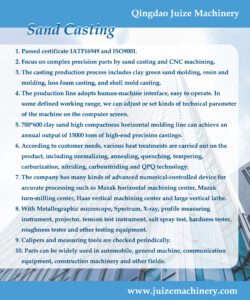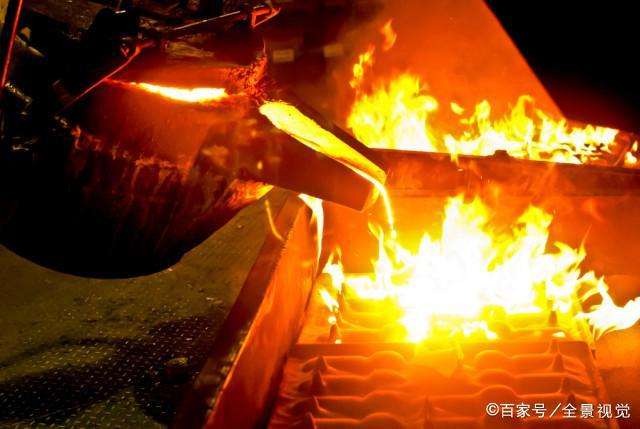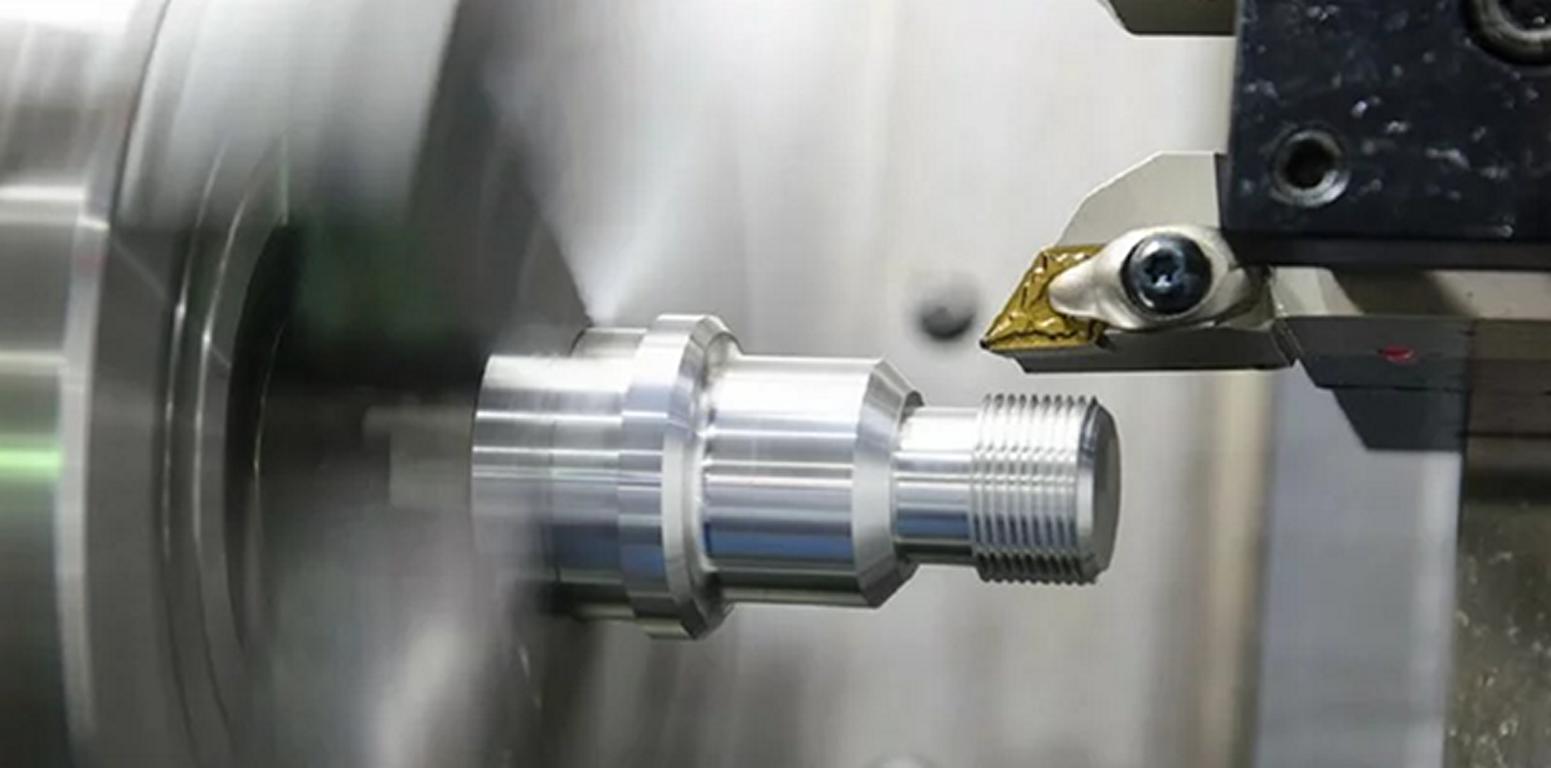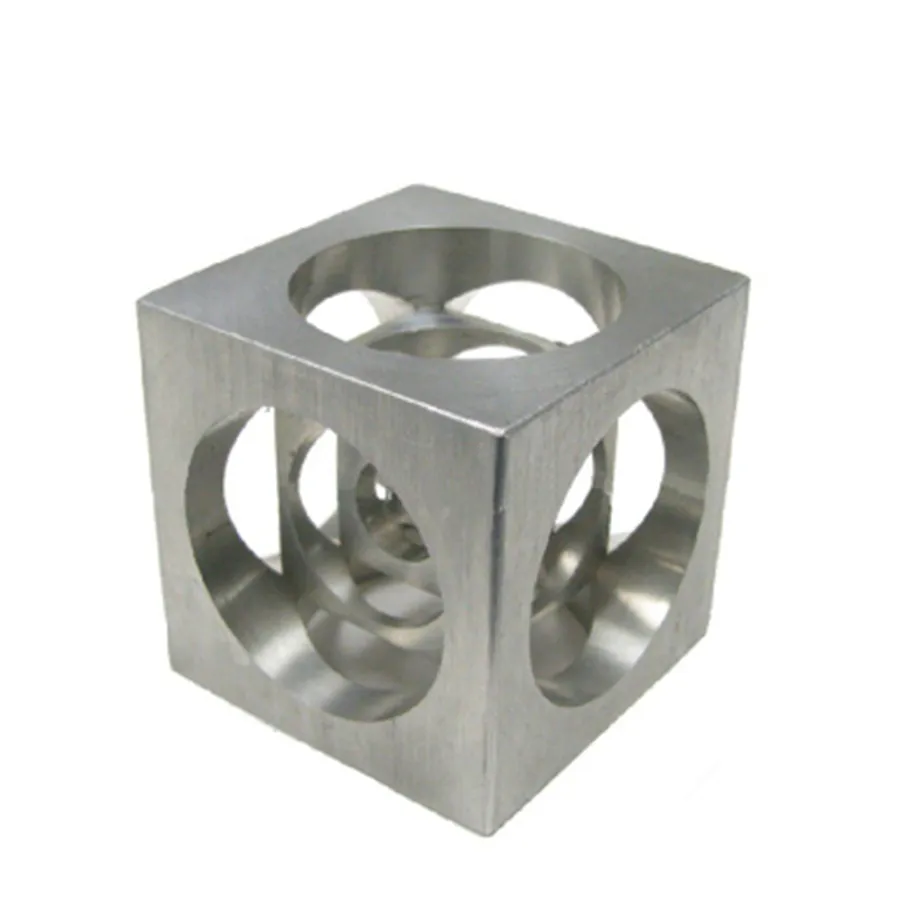
Tolerance standards for mechanical components are critical to ensuring interchangeability, functionality, and reliability in manufacturing and assembly. These standards define allowable deviations in dimensions, geometries, and surface properties. Below are key aspects of widely recognized tolerance standards:
**1. ISO Standards (International Organization for Standardization)
ISO 286: Defines tolerance grades (IT01 to IT16) for linear dimensions.
Example: IT7 (precision machining) vs. IT11 (general engineering).
ISO 2768: General tolerances for linear/angular dimensions and geometric features (e.g., straightness, flatness).
Classes: Fine (f), Medium (m), Coarse (c), Very Coarse (v).
ISO 1101: Specifies Geometric Dimensioning and Tolerancing (GD&T) for form, orientation, location, and runout.
**2. ASME Standards (American Society of Mechanical Engineers)
ASME Y14.5: The primary GD&T standard in the U.S., covering symbols, rules, and definitions for geometric tolerances.
ASME B4.2: Provides limits and fits for cylindrical parts, including:
Clearance fits (e.g., sliding fits).
Transition fits (e.g., snug fits).
Interference fits (e.g., press fits).
**3. DIN Standards (German Institute for Standardization)
DIN 7172: Specifies general tolerances for linear dimensions.
DIN ISO 2768: Aligns with ISO 2768 for compatibility in international projects.
**4. JIS Standards (Japanese Industrial Standards)
JIS B 0401: Defines tolerance systems for linear dimensions and fits.
JIS B 0021: Covers GD&T principles similar to ISO 1101.
**5. Key Tolerance Concepts
Tolerance Grades: Indicate precision levels (e.g., IT6 for high-precision bearings).
Fit Types:
Clearance Fit: Shaft diameter < Hole diameter (e.g., gears on shafts).
Transition Fit: Slight overlap (e.g., couplings).
Interference Fit: Shaft diameter > Hole diameter (e.g., bearing seats).
Surface Roughness: Often linked to tolerance (e.g., finer tolerances require smoother surfaces).
**6. Tolerance Stack-Up
Calculates cumulative variation in assemblies due to individual part tolerances. Critical for ensuring functional gaps/interferences.
**7. Selecting Tolerances
Balance functional requirements with manufacturing cost. Tighter tolerances increase production time and cost.
Use statistical methods (e.g., Six Sigma) to optimize tolerance limits.
Example Applications
Bearings: High-precision IT5-IT7 tolerances.
Automotive Parts: IT8-IT11 for cost-effective mass production.
Aerospace: Strict GD&T per ASME Y14.5 to ensure safety.
By adhering to these standards, manufacturers ensure compatibility, reduce rework, and meet global quality benchmarks. Always reference the latest revisions of standards for compliance.





